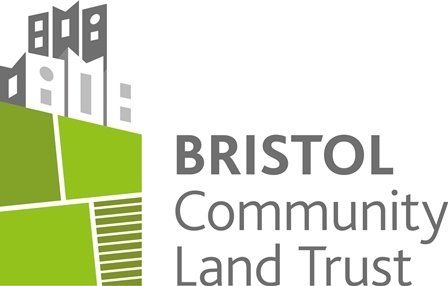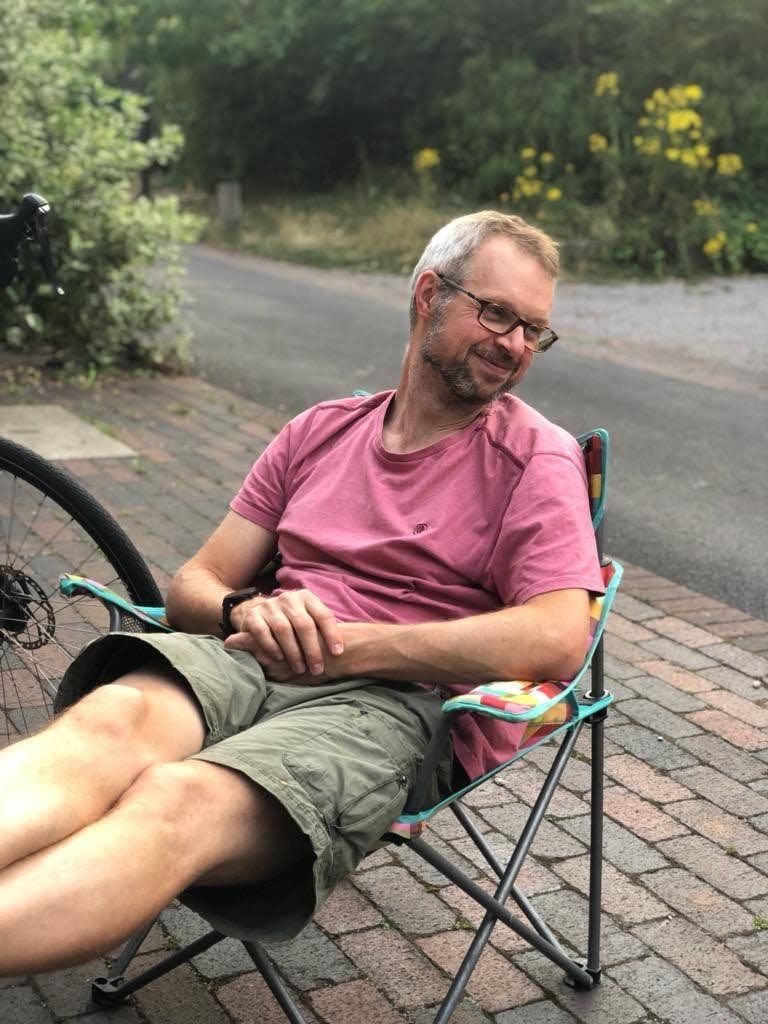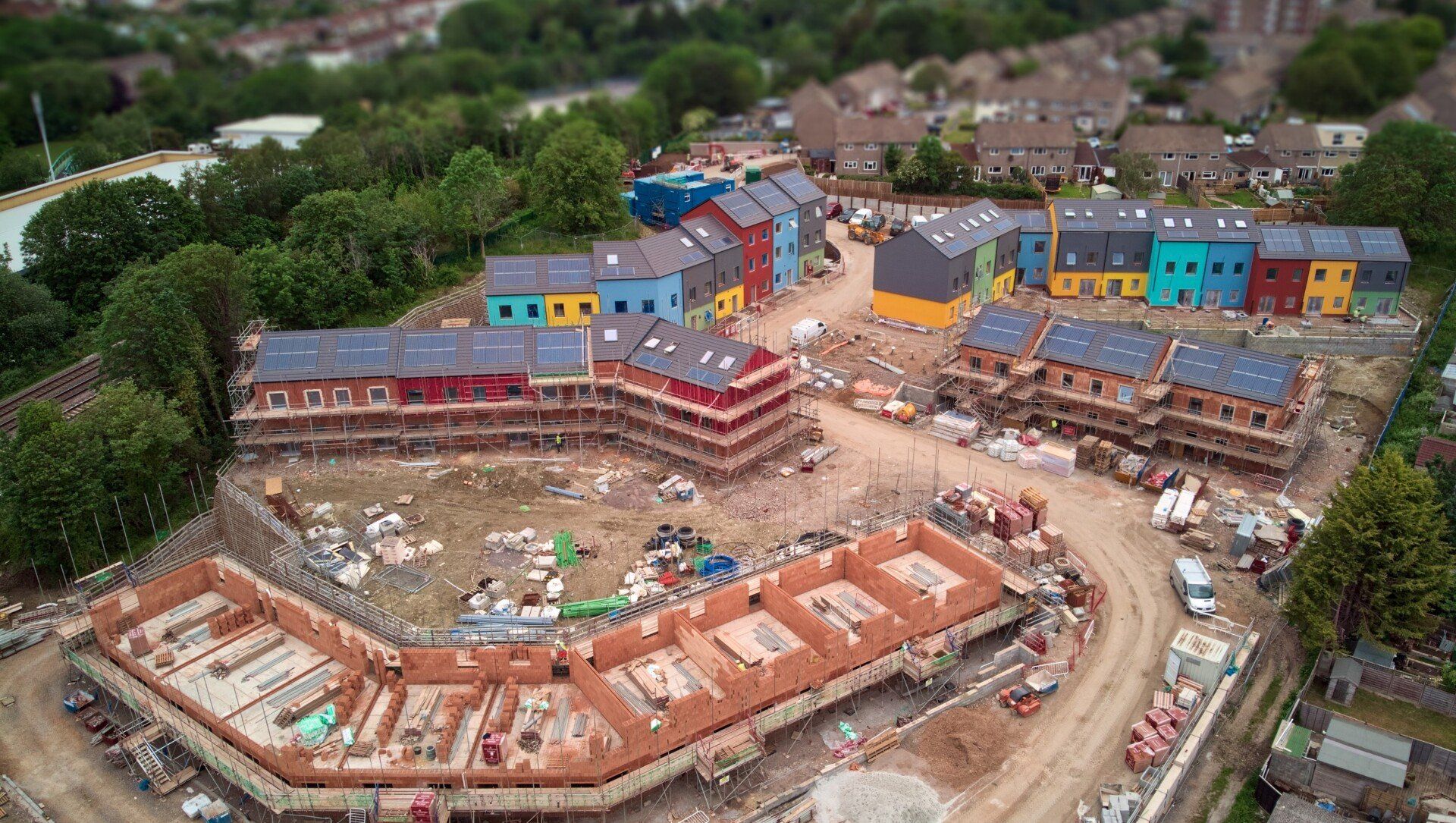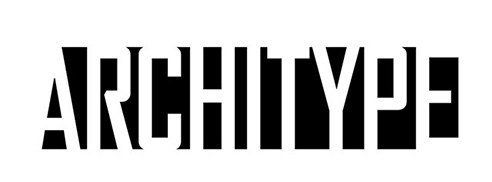Daniel Merry, pictured, was a BCLT member who was actively involved in the project, then known as 'Shaldon Road', from 2015. He worked alongside other members through the consultation and design process, and in 2017, he was matched with a home at the scheme.
However, in June 2021, Daniel tragically passed away. In honour of his commitment to the project, and the long-desired community aim to find a more suitable name for the scheme, the community of matched residents came together to suggest re-naming the site as Merry Hill.
Daniel's widow, Cat, consulted with his parents and wider family and they were all unanimously delighted with the suggestion, and thought that he would have been too.
BCLT is hugely supportive of this change, in honour of Daniel's commitment to the project. We also feel that it will be a fitting name for what we hope will be a community of happiness and merriment to those who live there, and for the wider community of Lockleaze.






